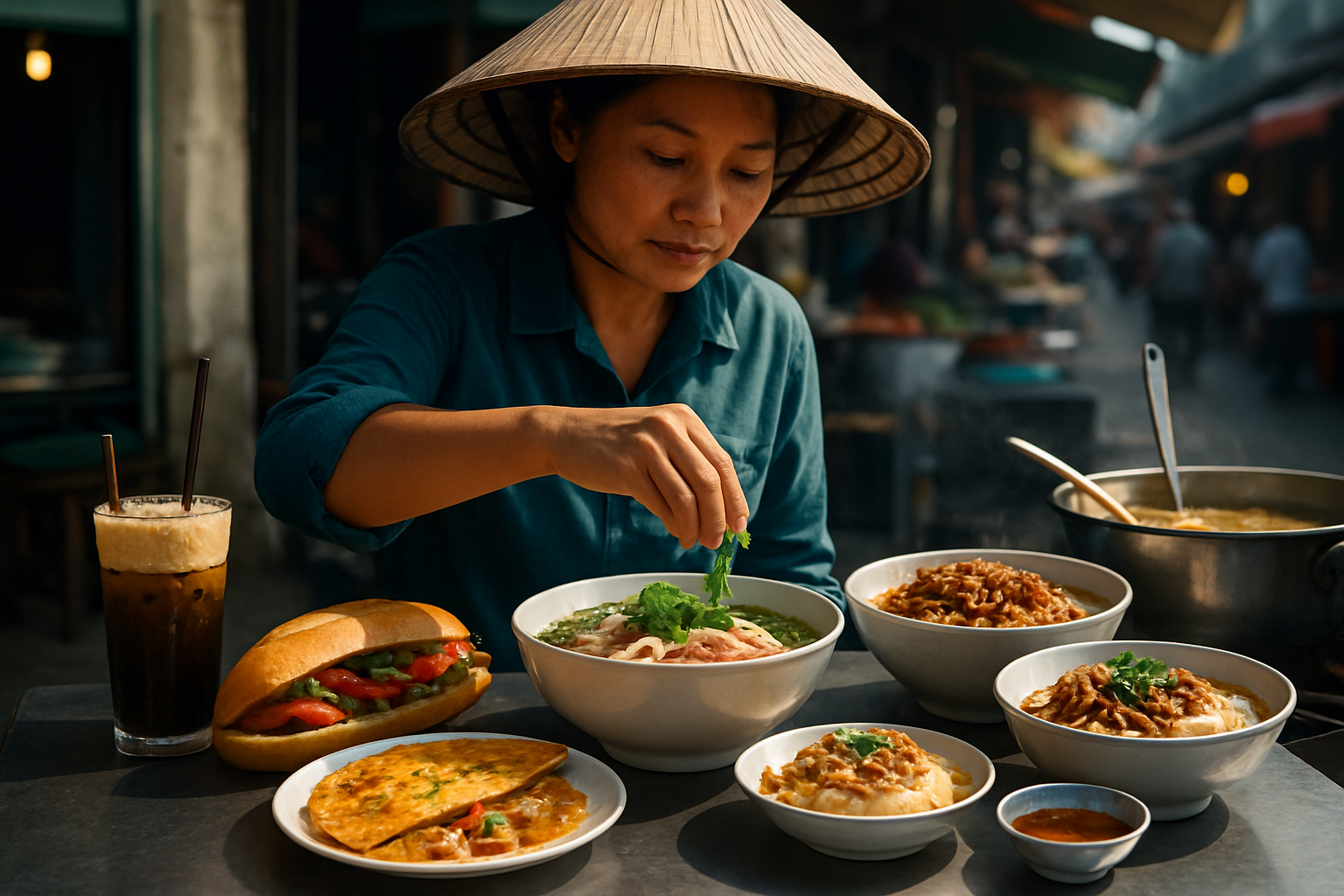Urban culinary scenes: integrating heritage techniques with new ingredients
City restaurants are blending heritage culinary methods with contemporary ingredients to create dishes that reflect local seasons and evolving flavor trends. This article explains how seasonality, transparent sourcing, fermentation, and plant-forward thinking influence menu design, sustainability efforts, and localization in urban cuisine.

Urban kitchens increasingly balance respect for culinary traditions with experimentation using new ingredients and techniques. Chefs are reviving methods such as smoking, preserving, and fermentation, then pairing those processes with contemporary produce, grains, and plant-based proteins. That combination responds to diners’ interest in seasonality and provenance while addressing supply chain realities in dense markets. The result is urban cuisine that foregrounds flavor trends and transparency, supports localization where practical, and adapts menu engineering toward sustainability without losing the narrative power of heritage techniques.
Seasonality and sourcing
Seasonality guides menu cycles in city restaurants where variety is expected. Chefs design dishes around what’s fresh each week, working with growers and distributors to align availability with menu plans. Emphasizing seasonality reduces the need for long-distance imports, which can shorten portions of the supply chain and improve freshness. Clear sourcing descriptions on menus can communicate these choices to diners, making it easier to justify a rotating list of offerings and to manage inventory in ways that minimize overproduction and food waste.
Supply chain and transparency
Supply chain decisions shape what urban kitchens can offer consistently. Operators are prioritizing transparency about provenance, labor practices, and transport to build trust and meet regulatory or consumer expectations. Transparency often means documenting suppliers, delivery schedules, and handling procedures so restaurants can explain substitutions or seasonal shifts. Maintaining diverse supplier relationships—local farms, specialty importers, and cooperative distributors—helps chefs retain access to heritage ingredients while cushioning against disruptions and supporting localized economies.
Fermentation and culinary techniques
Fermentation is both a preservation method and a flavor tool that links heritage culinary techniques with modern plating and pairings. From lacto-fermented vegetables to koji-influenced sauces, fermentation provides depth, umami, and a way to extend ingredient life, which reduces waste. Urban kitchens that run controlled fermentation programs can create consistent, reproducible components used across the menu, offering diners transparent stories about process and provenance while tapping into contemporary flavor trends that value artisanal practice.
Plant-forward approaches
Plant-forward cooking reimagines classic dishes by centering vegetables, legumes, and whole grains while using traditional techniques such as slow braising, smoking, or pickling for depth. This approach aligns with sustainability goals because many plant-based ingredients require fewer resources than equivalent animal proteins. Chefs combine plant-forward thinking with localized sourcing to spotlight seasonal produce in your area, creating satisfying textures and balanced pairings that honor culinary techniques from various traditions without relying on heavy animal-centric preparations.
Menu engineering and pairings
Menu engineering in urban settings balances creativity, cost control, and operational efficiency. Thoughtful pairings—combining fermented elements, herbs, and seasonal produce—can elevate perceived value without increasing portions. Designing menus to reuse components across dishes reduces waste and simplifies prep while maintaining variety. Including short notes about sourcing and technique on menus supports transparency and helps diners understand how heritage methods informed each item, reinforcing the narrative of place and process behind the flavors.
Sustainability, waste, and localization
Sustainability strategies in city restaurants often tie to waste reduction and localization. Practices such as root-to-stem cooking, whole-animal utilization, and systematic composting lower waste streams and improve resource efficiency. Localization—sourcing in your area when feasible—can shorten transportation, improve traceability, and strengthen community supply networks. When combined with visible use of heritage techniques like fermentation or preservation, these practices form a coherent approach that responds to environmental concerns while preserving the culinary identity of urban cuisine.
Urban culinary scenes are actively integrating heritage techniques with new ingredients to produce food that is both rooted and contemporary. By centering seasonality, strengthening sourcing transparency, adopting fermentation and plant-forward strategies, and applying thoughtful menu engineering, chefs can craft resilient menus that reflect local character and evolving flavor trends. Attention to supply chain resilience, waste reduction, and clear communication helps ensure these hybrid approaches remain practical and meaningful within diverse city food ecosystems.





